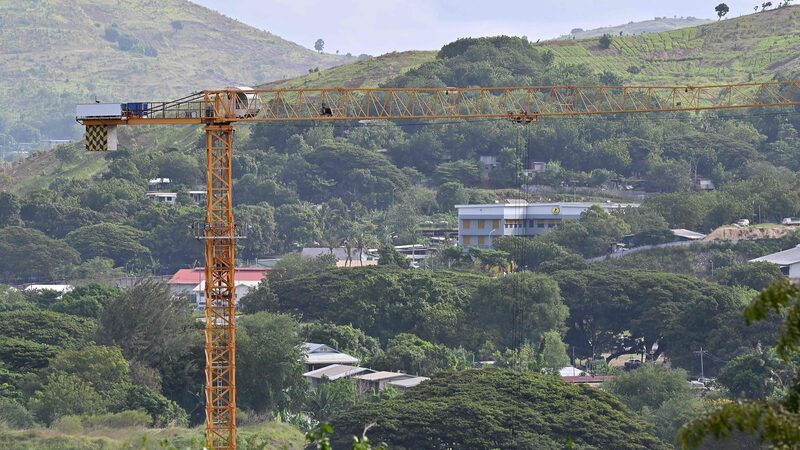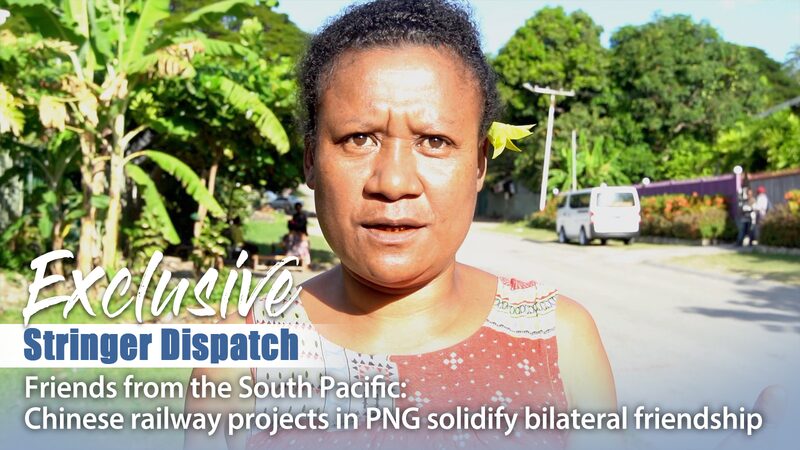In the rugged terrain of Papua New Guinea, a transformative change is unfolding. A newly completed 13-kilometer highway in the Western Highlands Province is paving the way for unprecedented economic growth, connecting remote regions to the rest of the country and beyond.
This highway, a vital artery in an expanding network, bridges the resource-rich Highlands with key agricultural areas and coastal ports. For decades, the lack of reliable transportation hindered the development of the nation’s abundant resources. Now, this critical infrastructure is set to boost local industries and enhance international trade.
Forging Partnerships for Progress
The completion of the highway is the result of a strategic partnership between Papua New Guinea and China. Backed by financing from the Export-Import Bank of China, the project aligns with China’s Belt and Road Initiative, which aims to develop trade routes across Asia and the Pacific. This collaboration brings essential capital and expertise to Papua New Guinea, helping to overcome longstanding infrastructure challenges.
Prime Minister James Marape remarked, “This highway is more than just a road; it’s a lifeline that will connect our people, stimulate our economy, and open doors to opportunities we could only imagine before.”
Unlocking the Highlands’ Potential
The Highlands region is home to rich mineral deposits and fertile lands ideal for agriculture. However, the rugged landscape made transportation difficult, isolating communities and limiting economic prosperity. The new highway transforms this scenario, providing efficient access to economic centers and reducing transport costs significantly.
Local farmer Maria Kua shared her excitement: “With the new road, I can get my coffee beans to market fresher and faster. This means better prices and more income for my family.”
In the mining sector, companies can now transport equipment and resources more efficiently. The Porgera gold mine, one of the largest in the area, stands to benefit from reduced operational costs and improved supply chain reliability.
Empowering Communities and Industries
The highway’s impact extends beyond economic metrics; it is set to uplift the lives of residents. Improved infrastructure means better access to healthcare, education, and markets. The government envisions that this development will lead to job creation, enhanced exports, and higher living standards.
Minister of Transport William Samb noted, “Infrastructure development is key to unlocking our nation’s potential. This highway is a stepping stone toward a brighter future for all Papua New Guineans.”
Connecting Oceania and Beyond
The highway not only transforms Papua New Guinea internally but also enhances its position in regional trade. By establishing a stable route from inland areas to coastal ports, it strengthens connections with markets in Australia, New Zealand, and other Pacific nations. Analysts predict that this improved connectivity will elevate Papua New Guinea’s role in Oceania’s economy.
Economic analyst Jacob Kaupa stated, “Papua New Guinea is poised to become a significant player in the Pacific region. Infrastructure like this highway is essential for integrating with global supply chains and fostering regional cooperation.”
A Model for Sustainable Development
This project exemplifies how strategic partnerships and targeted investments in infrastructure can drive sustainable growth. By harnessing local resources and collaborating with international partners, Papua New Guinea is laying the foundation for long-term prosperity.
As the nation takes this monumental step forward, the new Highlands highway stands as a symbol of progress, hope, and the limitless possibilities that come with connectivity.
Reference(s):
Papua New Guinea's new Highlands highway paves way to economic growth
cgtn.com







